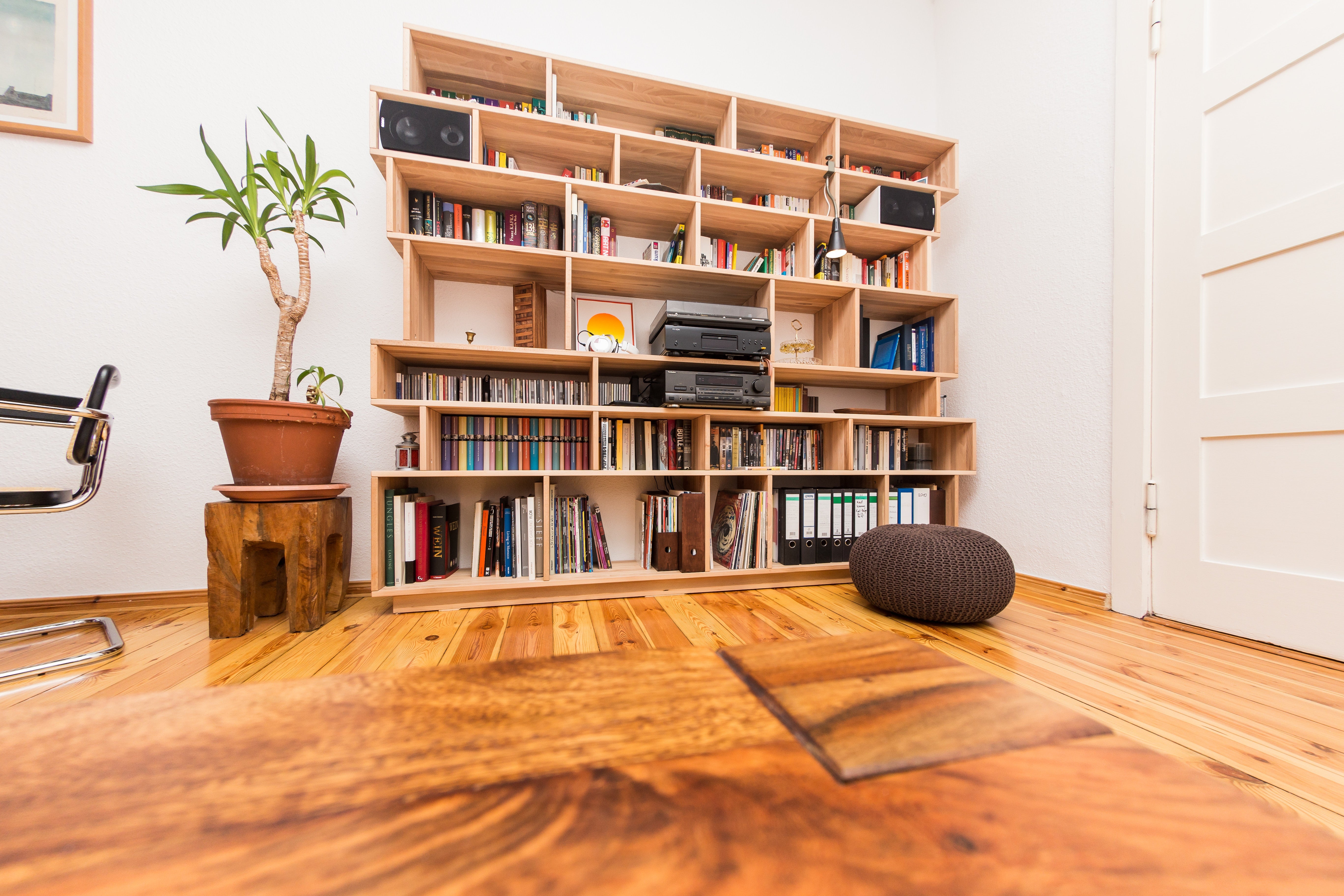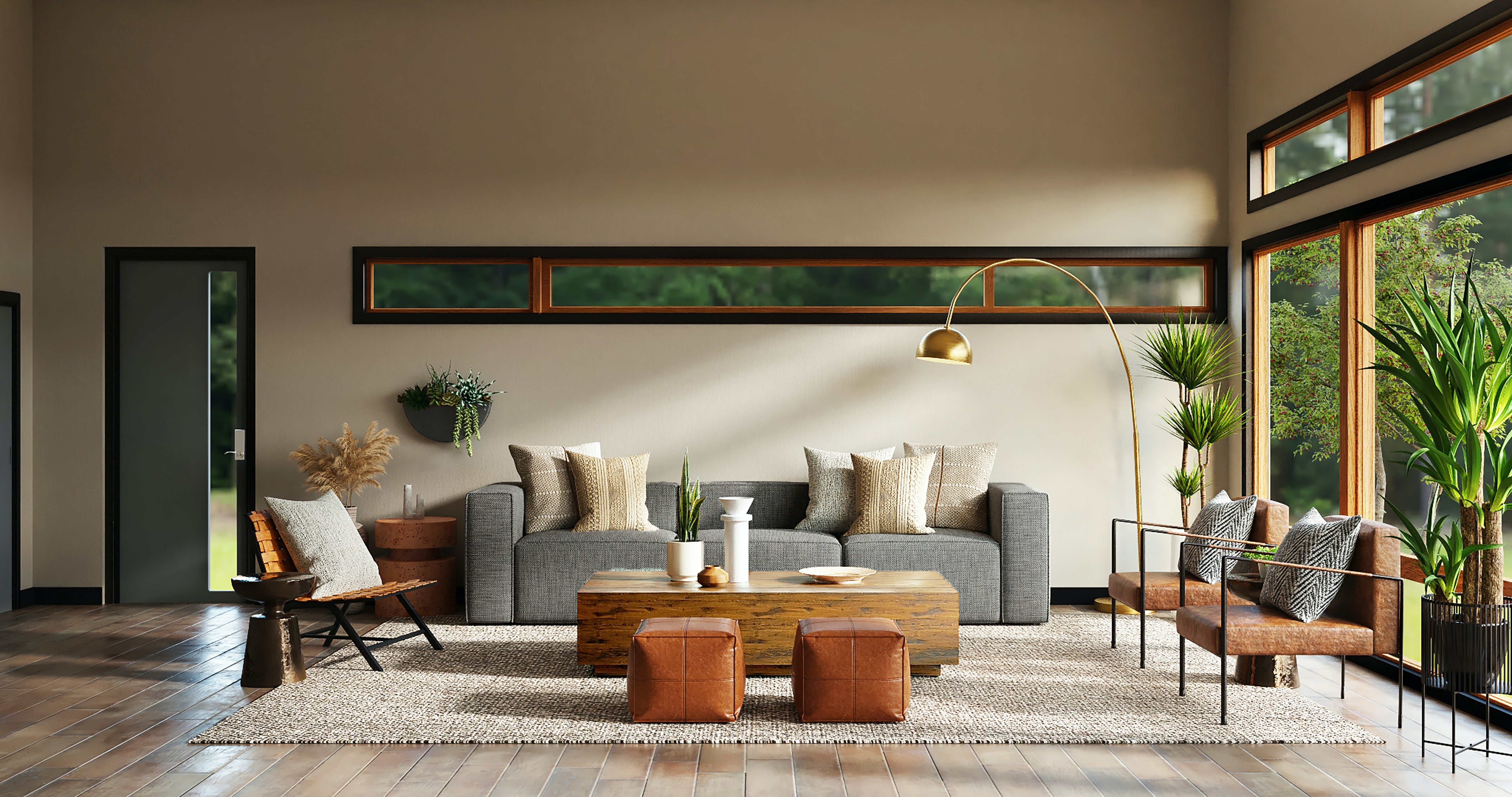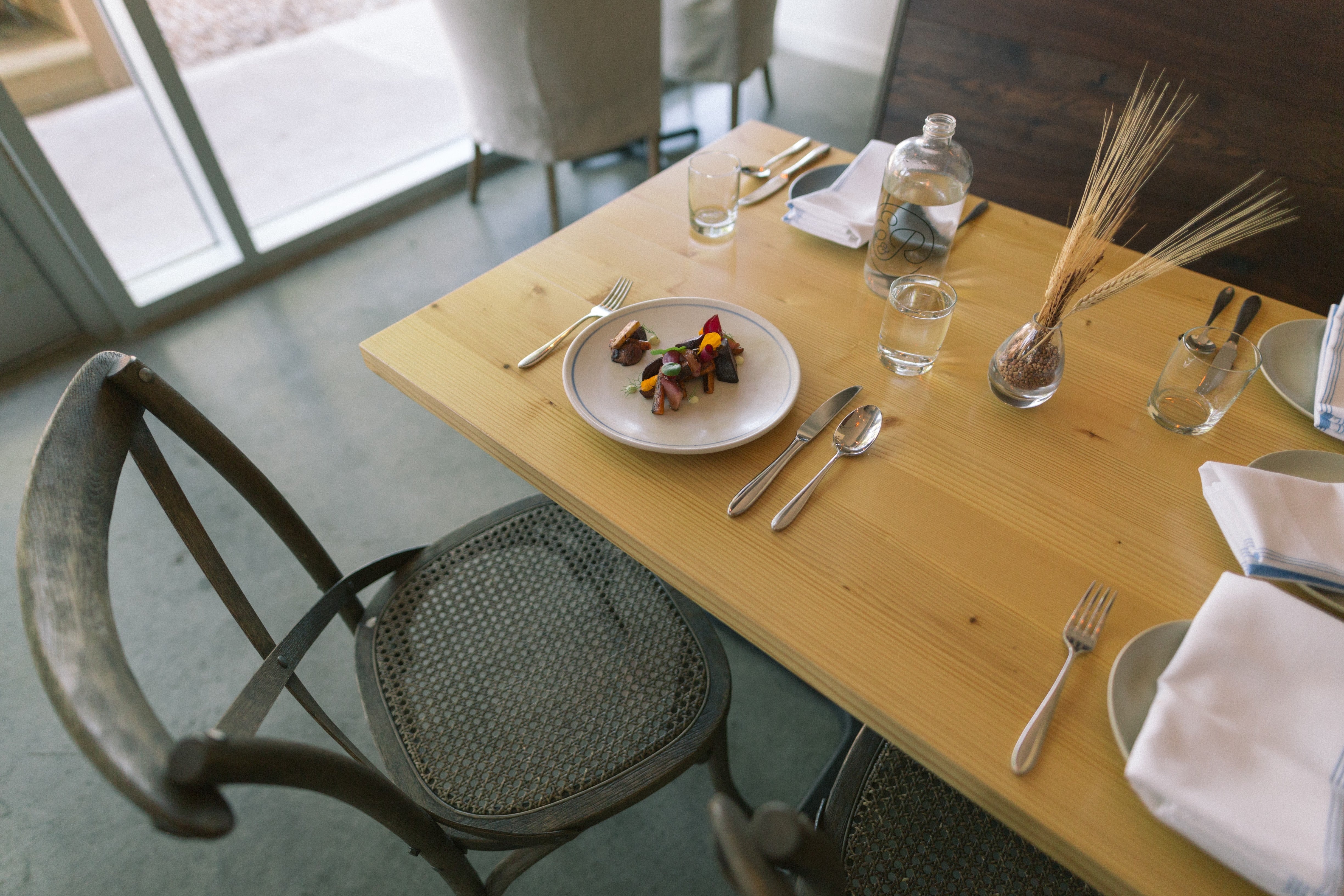
Keep These Things in Mind When You Customize Furniture
Our homes need furniture because it provides comfort, functionality, and attractiveness. The one-size-fits-all method, however, doesn't always accommodate our particular wants and preferences. A great way to make sure your furniture fits your style, area, and lifestyle exactly is to have it customised. However, there are important factors you should take into account before setting out on a mission to produce bespoke items. We'll examine the craft of customising furniture in this blog and emphasise the essential elements that make the process effective and pleasurable.
Define Your Purpose and Needs
It's important to determine the furniture's function and requirements before you start customising it. Are you looking for a new dining table, a cosy couch, or a bedroom storage option? Recognise the purpose the furniture will serve and the specifications it must fulfil. If you need a dining table, for instance, think about how many people it should seat and the space you have in your dining room. By defining your goal and needs, you may help steer the customising process and avoid rash selections.
Consider Your Aesthetic Preferences
To fit your individual style and tastes, furniture can be customised for a variety of reasons. Think at the general design, colour, and materials while evaluating aesthetics. Which style—contemporary, traditional, or eclectic—do you favour? What colour scheme works in your environment? The choice of materials, such as wood, metal, or upholstery material, can have a big impact on how the furniture looks and feels overall. Make careful to pick materials and hues that accentuate your existing furnishings and reflect your individuality.
Set a Realistic Budget
Furniture customization can cost more than purchasing ready-made items. To avoid going overboard, you must have a reasonable budget in mind. Decide how much money you're willing to spend on the personalised furnishings, and be prepared to lower your standards if required. Keep in mind that expensive materials and high-quality workmanship are frequently associated with a greater price. Set your priorities straight and spend your money as it should be.
Work with Skilled Craftsmen or Designers
If you don't have a lot of furniture design and building knowledge, working with qualified specialists is a fantastic choice. A skilled craftsman or interior designer can assist in realising your idea while guaranteeing the piece's utility and structural integrity. Look for qualified individuals with a portfolio that suits your taste. Make sure you can properly communicate your ideas and preferences to your chosen professionals because communication is essential during the customisation process.
Measure Your Space
When customising furniture, accurate dimensions are crucial. Having an item that doesn't fit well in your space can be caused by even a slight size difference. Measure the space, taking into account entrances, hallways, and any tight corners, where the specialised furniture will be placed. Make sure there is enough room for the new piece by taking into consideration any additional furniture in the space. Accurate measurements will spare you the frustration of an item that doesn't fit properly or is in the way.
Select Quality Materials
The quality of the materials used determines how long-lasting, attractive, and comfortable your custom furniture will be. When choosing materials, take the piece's function into account. If you're customising a sofa, for instance, use high-quality upholstery material that is cosy and simple to care for. For improved durability and strength in wooden furniture, use hardwoods like oak, walnut, or maple. Although quality materials may cost a little more up front, they can save you money over time by requiring fewer repairs or replacements.
Plan for Ergonomics and Comfort
When designing furniture, ergonomics and comfort should come first, whether it's a sofa, chair, or bed. A piece's ergonomics refer to its design in light of user convenience and functionality. Think about things like cushion firmness, backrest angle, and seat height. A workstation or workspace that encourages healthy posture and reduces strain should be customised. Your whole quality of life is improved by having furniture that is cosy and ergonomically made.
Timeframe and Patience
Furniture customization is a lengthy process. It entails selecting materials, making, and finishing as well as design consulting. The duration of the procedure might range from a few weeks to many months, depending on the complexity of the sculpture and the accessibility of the materials. Be aware that quality takes time when working with competent craftspeople. To ensure the greatest outcomes, be patient and allow for appropriate lead periods.
Consider Sustainability
Consider the environmental impact of your handmade furniture in a time when sustainability is a major concern. Choose products made of eco-friendly materials, including recycled metal or repurposed wood. Additionally, find out what the manufacturers or artisans you work with do to protect the environment. Sustainable options not only assist the environment but also give your furniture a distinctive and eco-conscious quality.
Prepare for Unforeseen Challenges
It might not always go as well as expected when customising furniture. Material supply delays, design modifications, or unforeseen problems can occur. It's vital to be ready for these difficulties and to have open expectations. The key to addressing and resolving any unanticipated challenges that may arise during the customisation process is open communication with your craftspeople or designers.
Conclusion
A fun approach to exhibit your individual style and cater to your special demands is to customise furniture. You may manage the customisation process more successfully and get satisfied outcomes by keeping these crucial factors in mind. The process of making unique furniture is satisfying, starting with defining your wants and goals, going through the selection of high-quality materials, and working with knowledgeable craftsmen. Keep in mind that for a successful customisation process to produce attractive, useful, and unique things for your house, patience and attention to detail are vital.



























